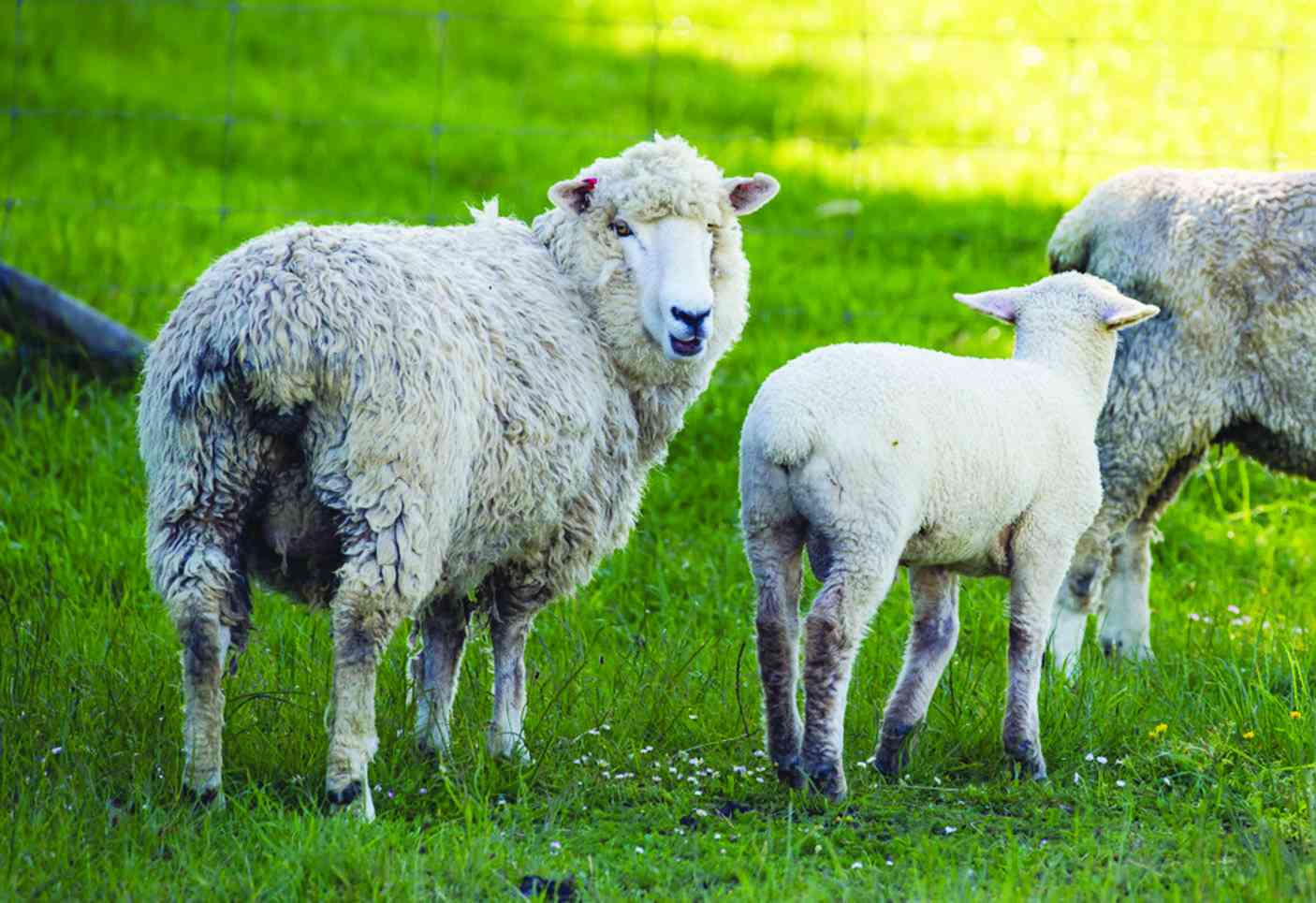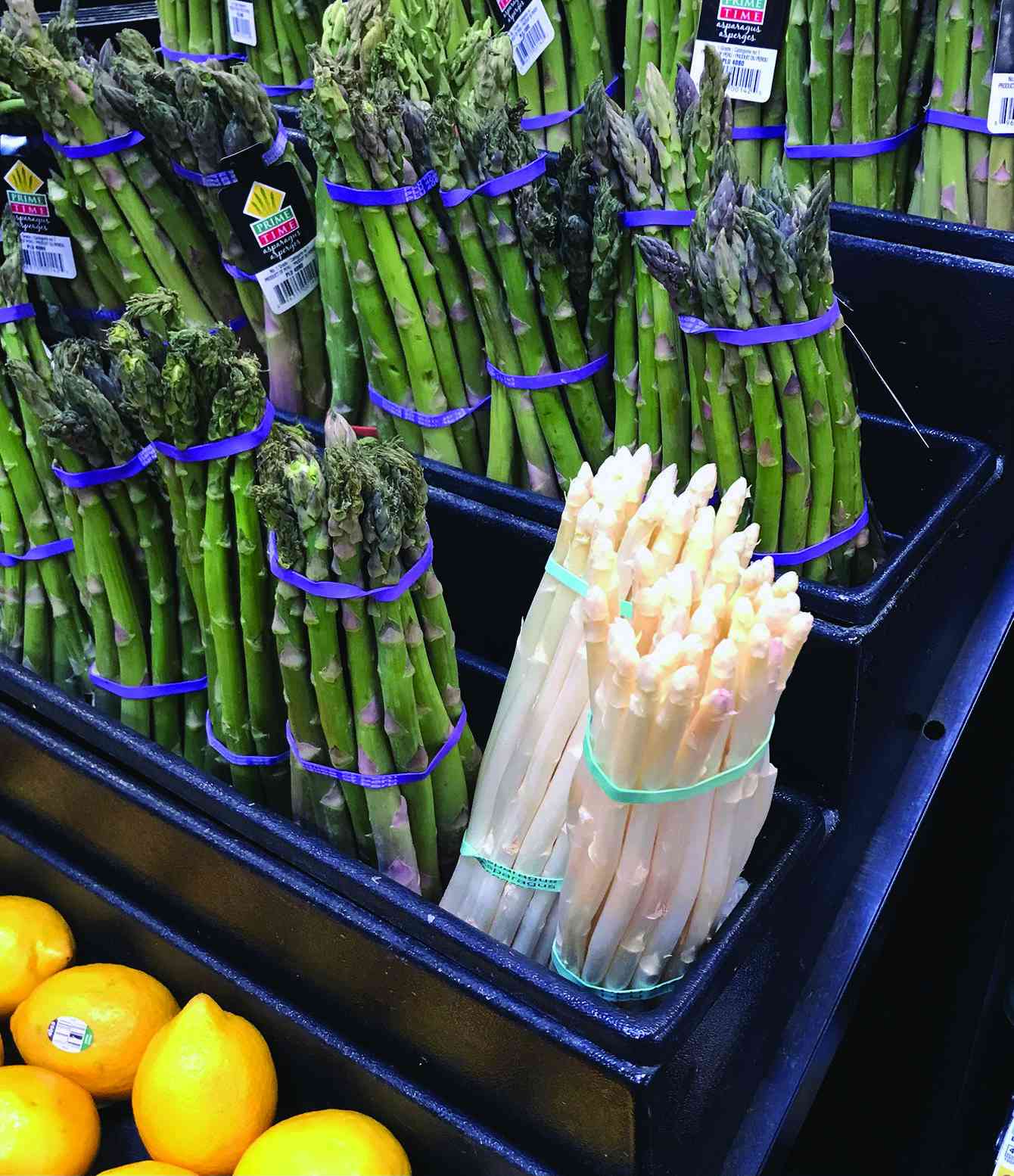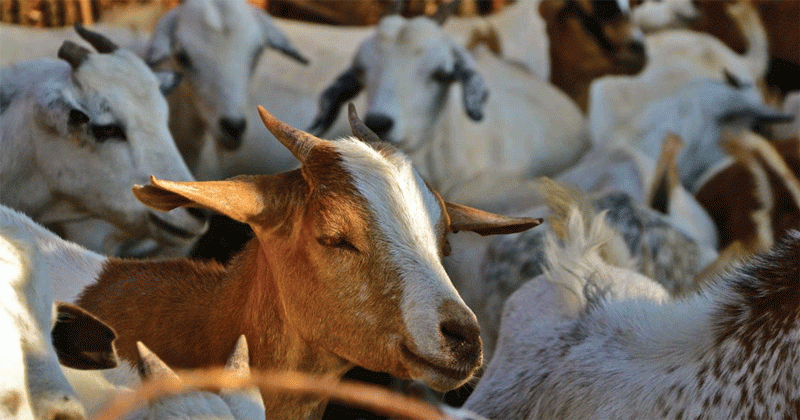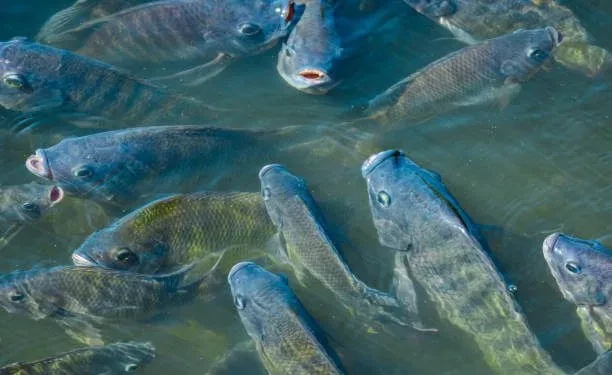
DOCKING a sheep’s tail is the common practice of shortening the length of the tail.
In other parts of the world, it is done to avoid fly strike and to reduce faecal soiling.
Fly strike occurs when blow flies lay their eggs in soiled and wet wool, mostly around the rear end of a sheep.
The emerging larvae (maggots) can cause health problems, including death.
But in Africa, particularly in Zimbabwe, farmers dock the sheep’s tails because they believe the tail attracts a lot of the body’s fat, which they feel is not necessary.
This year, because of the severe drought, most farmers will definitely have to shorten their lamb’s tail or even cut off the entire tail, which gives an the appearance of a larger and meatier rump.
The most common way of docking tails is by using an elastic and expandable latex ring. The rubber ring is expanded with an elastrator and put over the tail, where it is released.
The ring then cuts off the blood supply to the tail. It falls off after some days.
- Mavhunga puts DeMbare into Chibuku quarterfinals
- Bulls to charge into Zimbabwe gold stocks
- Ndiraya concerned as goals dry up
- Letters: How solar power is transforming African farms
Keep Reading
The importance of docking tails in wool sheep can be high, depending on breed. Fine-wooled sheep are at higher risk of fly strike.
It is a very common occurrence in Australia, where death because of maggots is a high risk. In some areas the risk is not as high.
Not all maggots of blow flies — of which there are more than 1 200 species — attack healthy flesh. Some feed off decomposing matter only and cause more discomfort rather than health problems.
Sheep with less wool and with courser wool tend to dry out easier and offer less of a breeding ground for fly larvae. Yet, they can still easily get soiled, especially during springtime when the pasture lacks fibre and the sheep’s faeces get soft or even liquid.
Some farmers use a surgical knife to sever the tail, followed by cauterisation with a hot blade. While excruciatingly painful, cauterisation is thought to aid with the healing process.
As expected, welfare concerns arise anytime an animal is made to suffer significant or unnecessary harm at the hands of humans.
Tail-docking presents many such concerns.
It is not hard to imagine why cutting off part of a lamb’s body might cause extreme pain. All bodies — including those of human beings — have evolved to serve important biological functions.
The body’s nervous system is perpetually on high alert for any damage or threat to any part, no matter how big or small.
Severing or damaging any body part will inevitably be accompanied by some degree of pain, no matter the species or age.
It is generally agreed that tail-docking causes “significant discomfort”, and studies have shown heightened cortisol responses, which indicate stress.
On many farms, tail-docking is performed with little consideration to the pain that lambs may experience, so pain medication is rarely administered, especially with the rubber ring method.
Having said that, this year being a drought one, there is no doubt that mutton is going to be sought after. It is important for farmers to ensure that they have good quality meat.
- Gwabanayi is a practising journalist and a farmer in his own right. — 0772 865 703 or [email protected]










